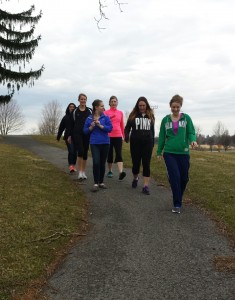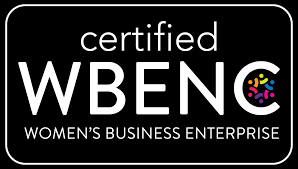“Physical Wellness”
How do you measure physical wellness? Do you see stronger muscles, better balance and flexibility, greater heart/lung capacity, loss of weight, racing speed, peace of mind, and body awareness?
Many of us make New Years resolutions to exercise, but we don’t clarify our goals, so we fail to recognize success when it happens. Exercise is something we do in order to fully enjoy performing the necessary and fun things in life. For example: You are a grandma who wants to lift her grandson or comfortably get in and out of a car; You may be a new mom who wants her “former stomach” back or a runner trying to shave three minutes from his time; You could be a busy executive who wants strength along with increased relaxation techniques or a teenager competing in sports. There is a wellness or lifestyle program just for you!
First, decide on one or more goals and ask yourself: What do I enjoy, and what will I stick with for three months or a year or longer? Let me mention a few areas of exercise and the primary benefits of each:
Resistance Training – Lifting weights using dumbbells or exercise machines – benefits include larger, stronger muscles, increased metabolic rate and bone mineral density and improved joint function
Aerobic Training – Walking, jogging, biking, or aerobic classes that maintain the heart rate in the target zone for a minimum of 20 – 35 minutes, for increased heart/lung capacity. Aerobic activity may lower blood pressure and increase endurance.
Yoga – Strength movements as well as flexibility, stretching, and meditation, which can improve body awareness, balance, and breathing ability.
Pilates – Targets core stability with precise strength and stretching patterns for “useable muscles” for day to day functioning and increased energy and focus.
Water exercise – Lap swimming or specific aerobic classes allows for stretching, strength gains, and relieves pressure on joints while exercising and can rehab sore muscles.
Cross training – For example, an aerobics class that also uses weights to perform resistance training or jogging and lifting weights on alternating days.
These are only a few examples of exercise programs and possible benefits. Remember to list your short and long range goals and what you like to do. Then choose an area that meets your wellness needs. For example, you may take a Pilates class for core strength and better balance and swim or jog for aerobic benefits. You might want to have a session with a personal trainer to tailor a specific program just for you. Be consistent with whatever you decide. If you are pressed for time, you might take certain strength classes at a gym and perform your aerobics at home by walking or jogging. You can stretch and do sit-ups while watching TV. Exercise with a buddy for fun and record your daily results. See a medical professional for your specific needs and concerns prior to beginning an exercise program. Remember, proper nutrition and rest are vitally important for good health. Give yourself a hug and begin to enjoy the New Year filled with zeal, zest, and enthusiasm for the New You!
Sources: My own New Year’s Resolutions. For further information, look at your New Year’s Resolutions.
Article by Bob McDowell, Certified Personal Trainer.













